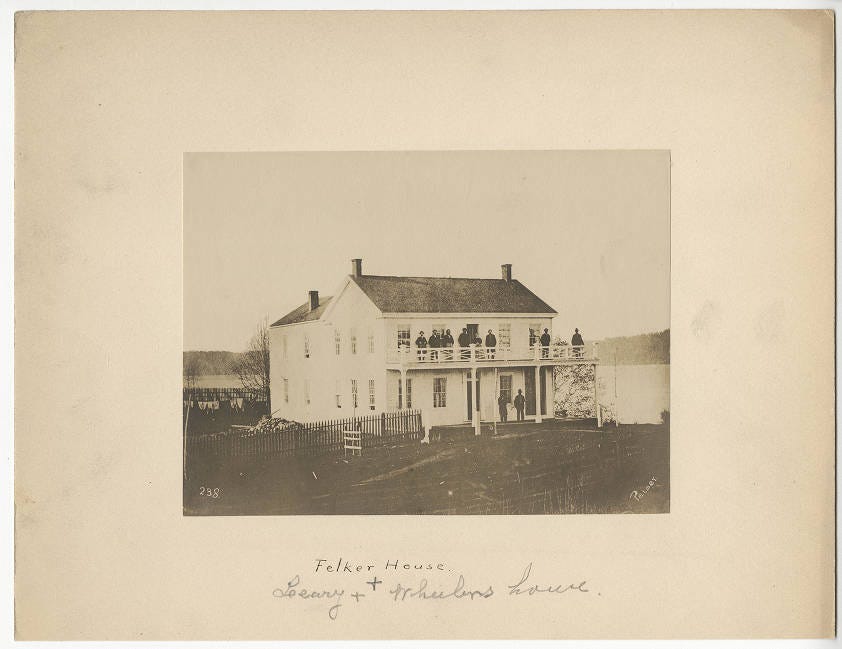1851 - 1907. After Seattle was founded, but before Pike Place Market.
Ravintola. That’s the Finnish word for restaurant and I love it. The bouncy alliteration and emphasis placed on vin in the middle.
I discovered it on a work trip to Helsinki in 2017 where I dined at many fine ravintolas: Finland has good food (and smoked beer!).
I never ate at good restaurants until I moved to Seattle. Growing up in Leadville, Colorado, we sometimes ate at this rural mile-high café that served cowboy food: beans and cornbread; grilled cheese sandwiches on white bread; steak, black coffee, and iceberg lettuce salads with tomatoes less flavorful than water. When I later moved to northwestern New Mexico as an adolescent, restaurants of choice were Furr’s Cafeteria, Denny’s, Burger King, Pizza Hut, an A&W drive-thru, and another local diner where we would congregate after church to eat things like mashed potatoes and canned gravy with Salisbury steak, limp and soggy like a bath mat under showered feet. Living in Durango, Colorado as a young adult, we ate out at the Strater Hotel, Dairy Queen, the infamous Francisco’s, Denny’s (again), and the Village Inn Pancake House.
I look back on that time and the food Americans ate and feel sad. My food sensibilities have changed so much since then: I would rather go hungry than eat at most of those places now. Food sensibilities that have been largely shaped by living in Washington state for the past 31 years, the Puget Sound region specifically for the past 25, and owning a food business myself for the past eight.
But…I digress.
Restaurer is the French verb meaning “to restore oneself”, and is the base of the word restaurant. Before we delve further into Seattle’s early dining scene, it’s important to summarize the origins of dining out. Even though the English restaurant has French origins, restaurants did not, in fact, originate in France. They originated in Asia. China specifically.1
According to Elliott Shore and Katie Rawson, co-authors of Dining Out: A Global History of Restaurants, the very first establishments that were easily recognizable as restaurants popped up around 1100 A.D. in China, when cities like Kaifeng and Hangzhou boasted densely packed urban populations of more than 1 million inhabitants each.
Trade was bustling between these northern and southern capitals of the 12th-century Song Dynasty, explains Shore, a professor emeritus of history at Bryn Mawr College, but Chinese tradesmen traveling outside their home city weren’t accustomed to the strange local foods.
“The original restaurants in those two cities are essentially southern cooking for people coming up from the south or northern cooking for people coming down from the north,” says Shore. “You could say the ‘ethnic restaurant’ was the first restaurant.”
Seattle’s earliest restaurants included not only the Yesler Cook House, but also The Felker House and the Occidental Hotel. I want to delve more into the history of waiters (especially the tie between waitresses and prostitutes) and Mother Damnable (who was she?!), but those are rabbit holes to go down in another post. Suffice it to say that while Seattle’s early European settlers were opening restaurants and serving food that was familiar to them (kinda boring, like the stuff I grew up eating in the Rocky Mountain west), there was a growing immigrant population who was feeding itself comfort food inspired by and imported from their far away homelands. What is that history? Chinese people, the world’s first restaurant pioneers, undoubtedly influenced Seattle’s culinary scene from its founding.2 I think I’m going to have to get off the internet and start interviewing people to discover more about this.



